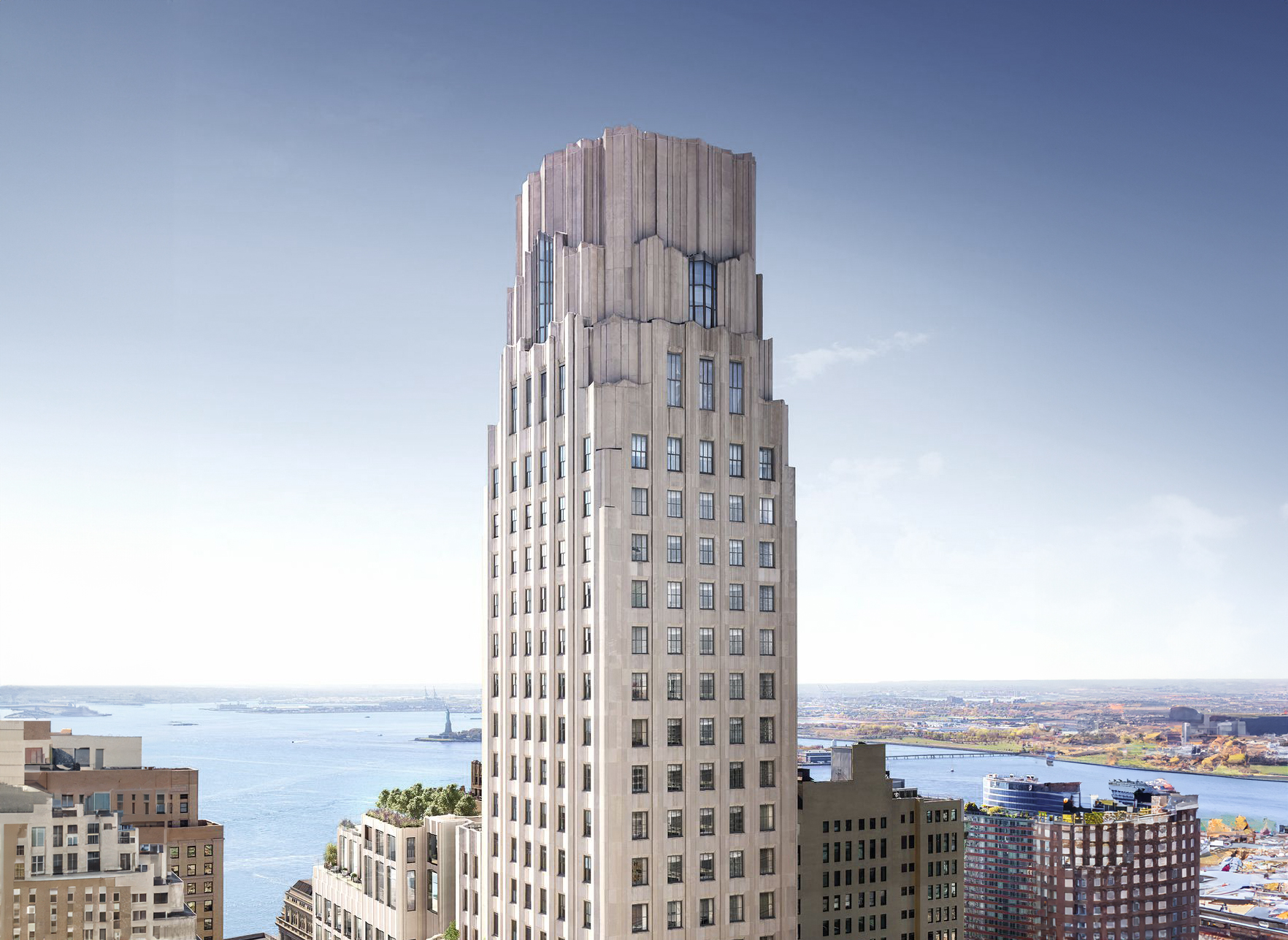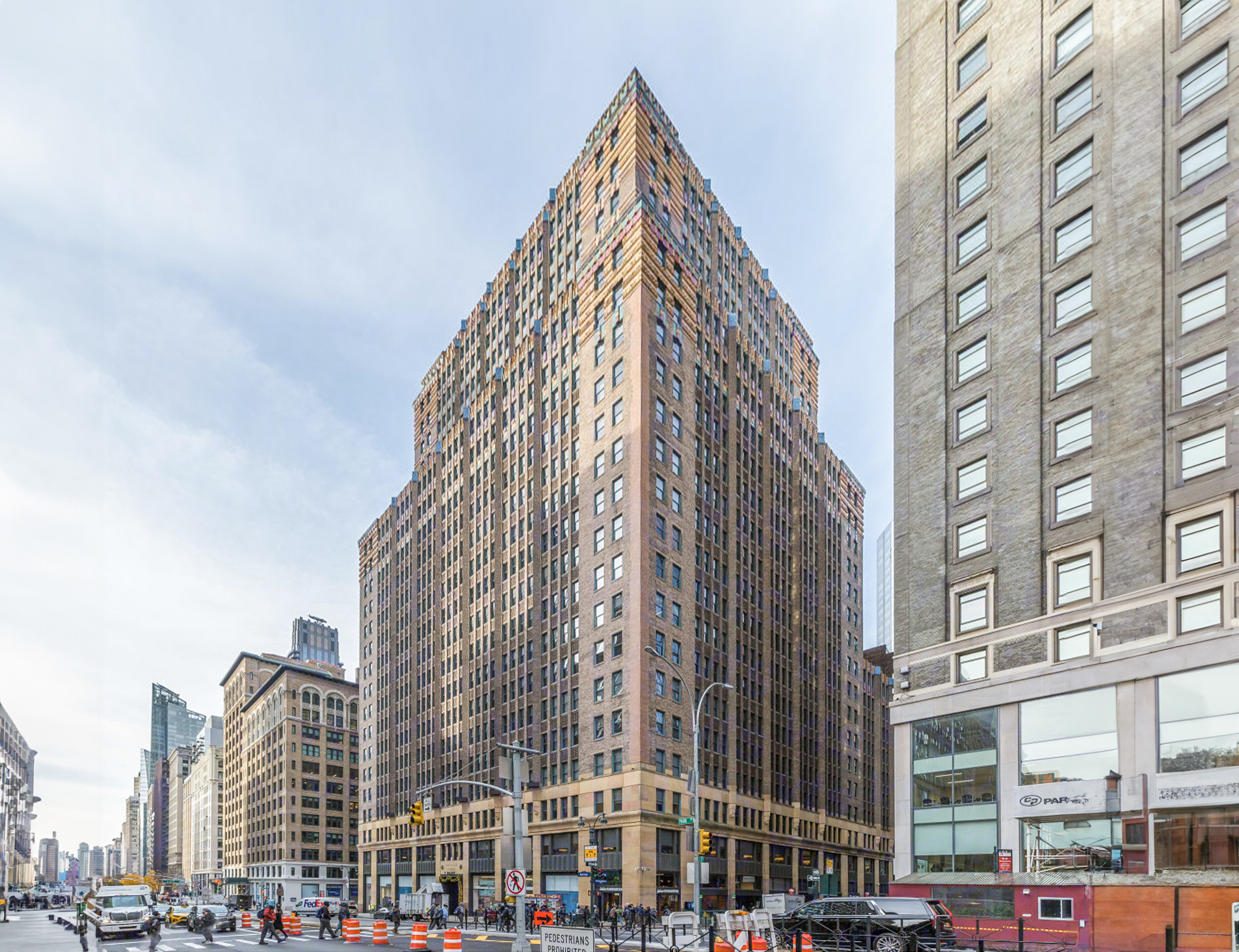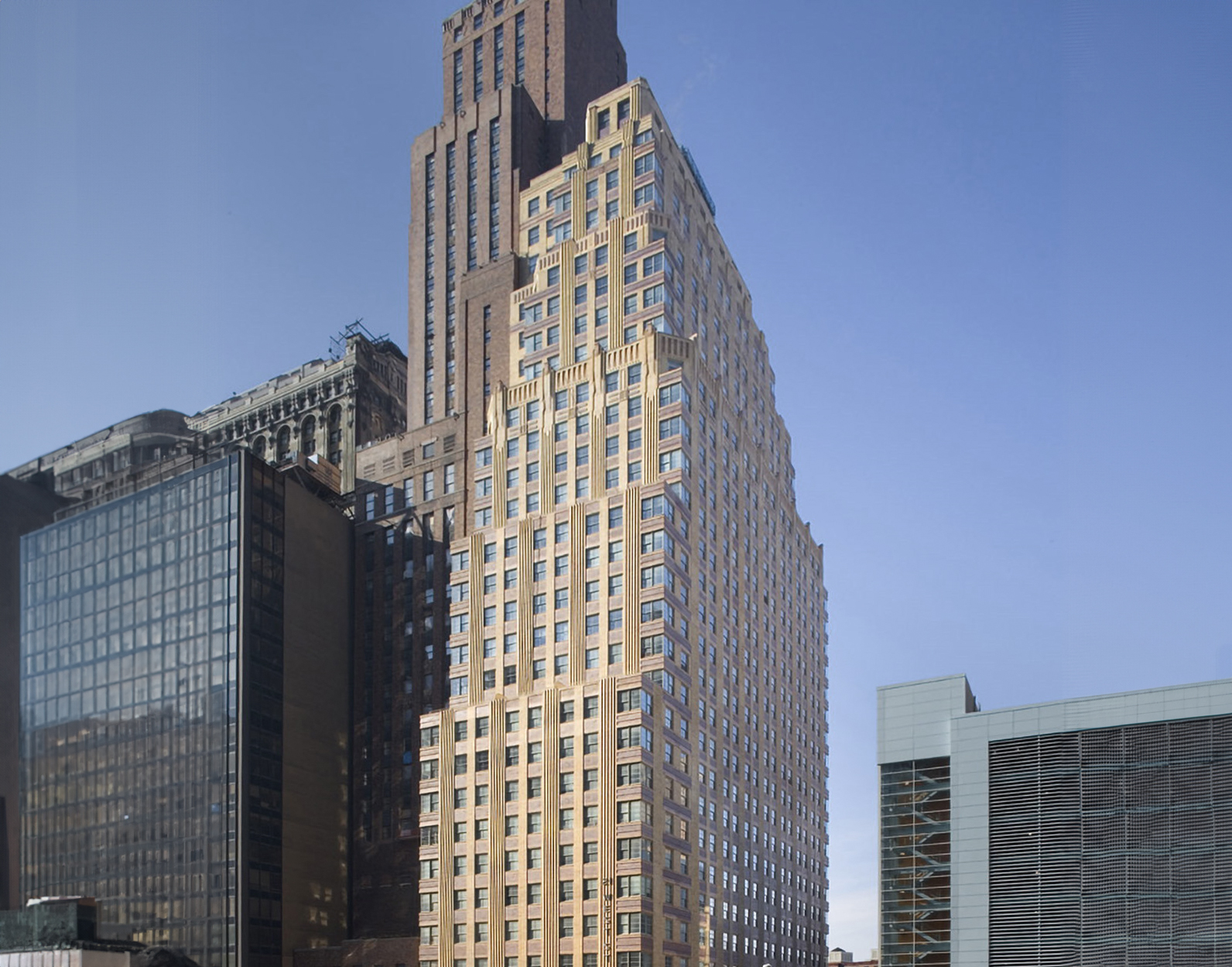The DuMont Building is an Art-deco skyscraper designed by J.E.R. Carpenter, and built in 1931 in New York, NY.
DuMont Building is not the only name you might know this building by though. The building is, or has also been known as 515 Madison avenue.
Its precise street address is 515 Madison Avenue, New York, NY. You can also find it on the map here.
The building underwent a major restoration in 2009.





